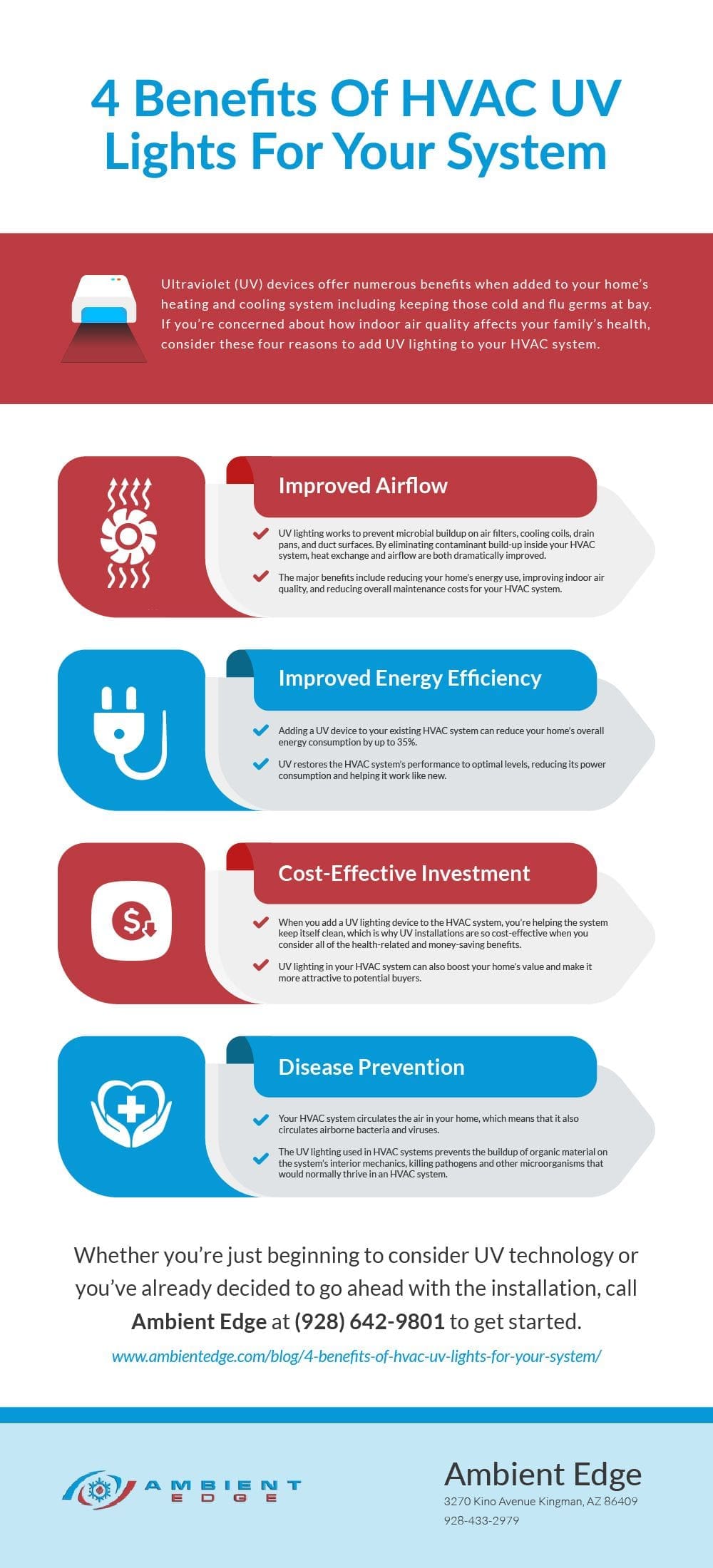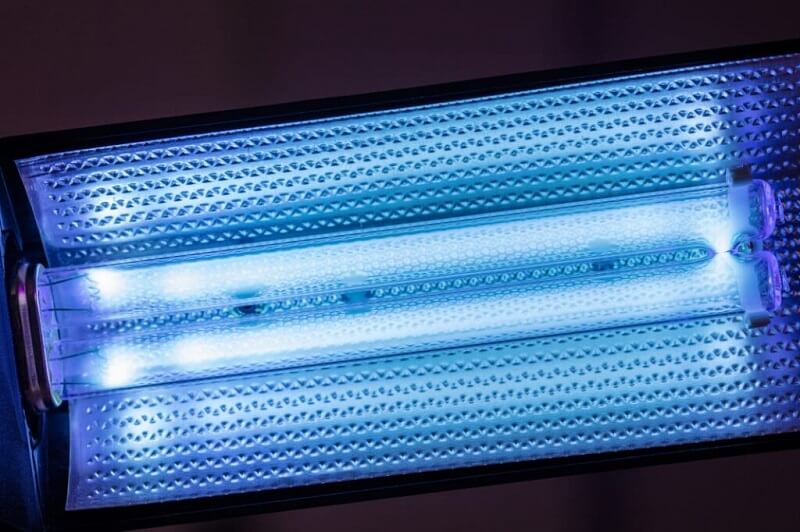About Uvc Light
About Uvc Light
Blog Article
What Does Uvc Light Do?
Table of ContentsUvc Light for BeginnersHow Uvc Light can Save You Time, Stress, and Money.Some Known Details About Uvc Light 8 Easy Facts About Uvc Light Shown10 Easy Facts About Uvc Light DescribedUvc Light Fundamentals Explained
A brand-new sort of ultraviolet light that may be risk-free for individuals took much less than five minutes to reduce the level of indoor air-borne microbes by more than 98%, a joint study by scientists at Columbia University Vagelos College of Physicians and Surgeons and in the U.K. has actually discovered. Even as microorganisms remained to be sprayed into the space, the level remained extremely low as long as the lights got on.Up until currently these research studies had just been performed in tiny speculative chambers, not in full-sized spaces resembling real-world problems. In the present research, researchers at the University of St. Andrews, University of Dundee, University of Leeds, and Columbia University tested the effectiveness of far-UVC light in a big room-sized chamber with the exact same ventilation price as a normal home or office (about 3 air changes per hour).
The efficacy of various strategies to minimizing interior virus degrees is generally gauged in terms of equal air changes per hour. In this study, far-UVC lights produced the equivalent of 184 equivalent air exchanges per hour. This goes beyond any type of other strategy to disinfecting busy interior rooms, where five to 20 equivalent air adjustments per hour is the most effective that can be attained virtually.
The 5-Minute Rule for Uvc Light

The primary criteria of UV-C sanitation are wavelength, dosage, relative moisture, and temperature. There is no consensus regarding their optimum worths, yet, in basic, light at a high dose and a spectrum of wavelengths consisting of 260 nm is preferred in an environment at space temperature with reduced loved one moisture. This light can be created by mercury-vapour, light-emitting diode (LED), pulsed-xenon, or excimer lamps.
UV-C sanitation systems have promising attributes and the potential to enhance in the future. UV-C disinfection must currently be thought about for low-level instead than high-level sanitation.
An additional application arose in 1910 when UV light was made use of to disinfect water. The innovation was not very trustworthy at the time and it took better technical growths prior to UV water disinfection ended up being prominent once again in the 1950s [ 2] Nowadays, UV light is used for water, air, food, surface, and clinical equipment sanitation.
The smart Trick of Uvc Light That Nobody is Discussing
DNA, RNA, or proteins of a micro-organism soak up UV light, with a peak absorbance around 260 nm [6] This causes the disruption of DNA or RNA, resulting in the inactivation of the micro-organism. UV-C-induced DNA disruption typically consists of visit the site the bonding of 2 adjoining thymine (or cytosine) bases rather than the traditional linking of a base with its corresponding base upon the various other hair.

Dark fixing, on the various other hand, calls for numerous enzymes and nutrients for energy [6] It is very important to understand whether last inactivation results have thought about the event of awakening given that it may lead to 60% of the attained inactivation being reversed [7] Anomalies can emerge upon UV-C exposure since this direct exposure can result in the origination of intra-strand cyclobutyl-pyrimidine dimers in DNA [ 6] The UV-C area is used for sanitation yet there is no consensus on the specific optimal wavelength. Bacterial DNA and RNA have peak absorbances of light at 260265 nm and around 260 nm, specifically [6] Therefore light at 260 nm can create the most interruption. Different micro-organisms are most at risk to a little various wavelengths.
Uvc Light Can Be Fun For Everyone
It also has a fringe benefit by reducing photoreactivation with a decline of photolyase [9] On the other hand, it home has technological ramifications considering that the total power of the light beam is then divided over all present wavelengths. Therefore, a micro-organism that is vulnerable to 254 nm light will certainly be inactivated a lot more by a lamp that releases exclusively light at 254 nm than a light that sends out a wavelength range at equivalent overall energy.
Exposure times of 1045 minutes for space sanitation and 25 s to 5 min for medical equipment were experienced in literary works. The strength is inversely symmetrical to the squared distance in between the light resource and the surface and is consequently specified at the surface in the dose estimation formula [14]
Even more, the result of a light lowers over time, so it is recommended to calculate the dose at the end of lamp life, which is agent of a worst-case scenario. The dose also influences the amount of photoreactivation.
The impact of temperature level depends on the light source.
More About Uvc Light


This is known as much UV-C innovation and is a fairly brand-new disinfection method with minimal knowledge about its performance.
In study, the results on pulsed versus continual UV-C disinfection efficiency vary. When comparing pulsed and continual light it is crucial to keep other variables such as wavelength and dose constant.
Some Of Uvc Light
In situation ozone is not needed for sanitation, a modified light can be utilized. For mercury-vapour lights, drugged quartz glass or specialized soft glass can remove short-wave UV-C light. For pulsed-xenon, drugged quartz can be utilized too [30] UV-C has appealing functions for sanitation such as automatic disinfection, being much less time-consuming than extensively used guidebook or chemical sanitations, leaving no unsafe residuals, and being eco-friendly (if no mercury-vapour lights are made use of) [31,32]
Report this page